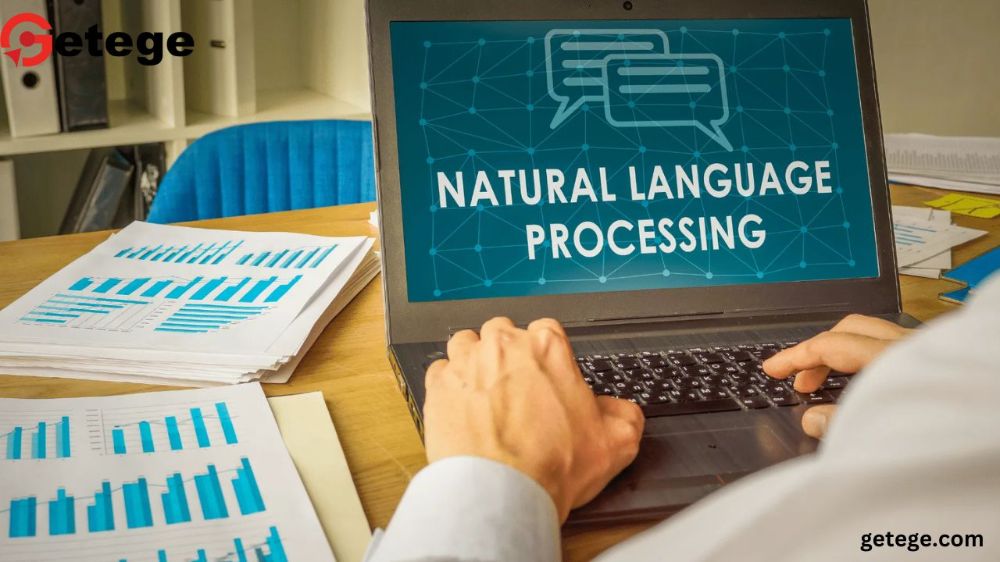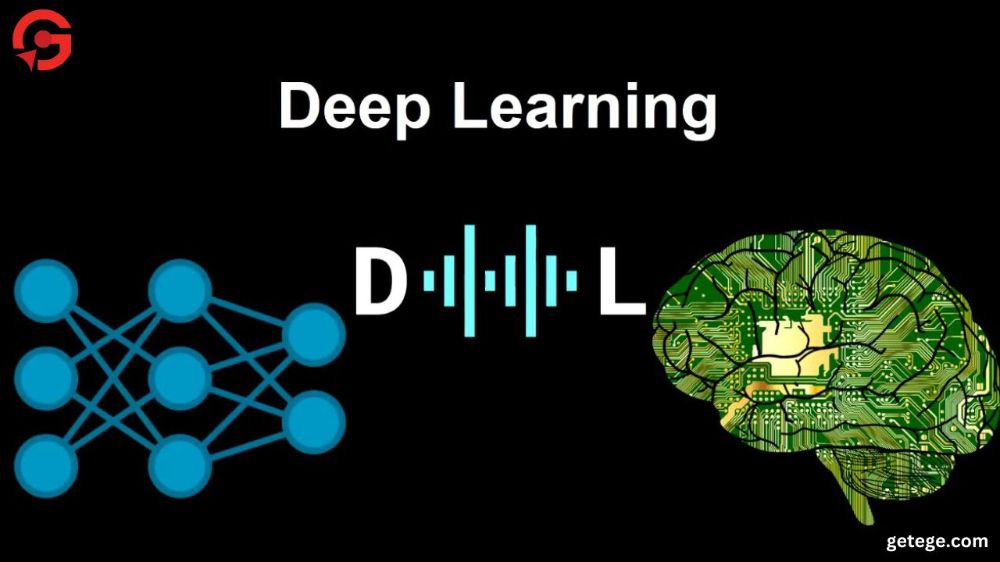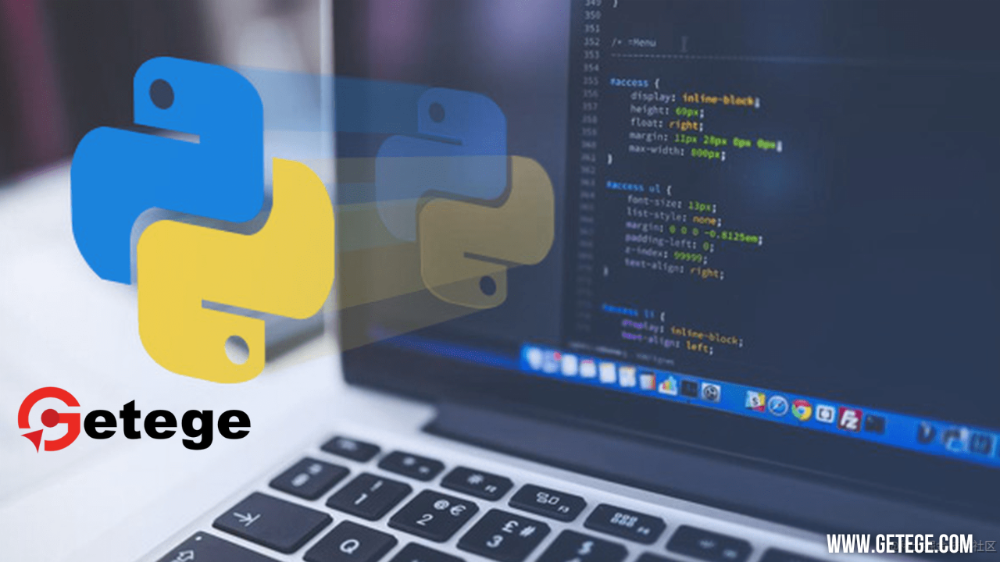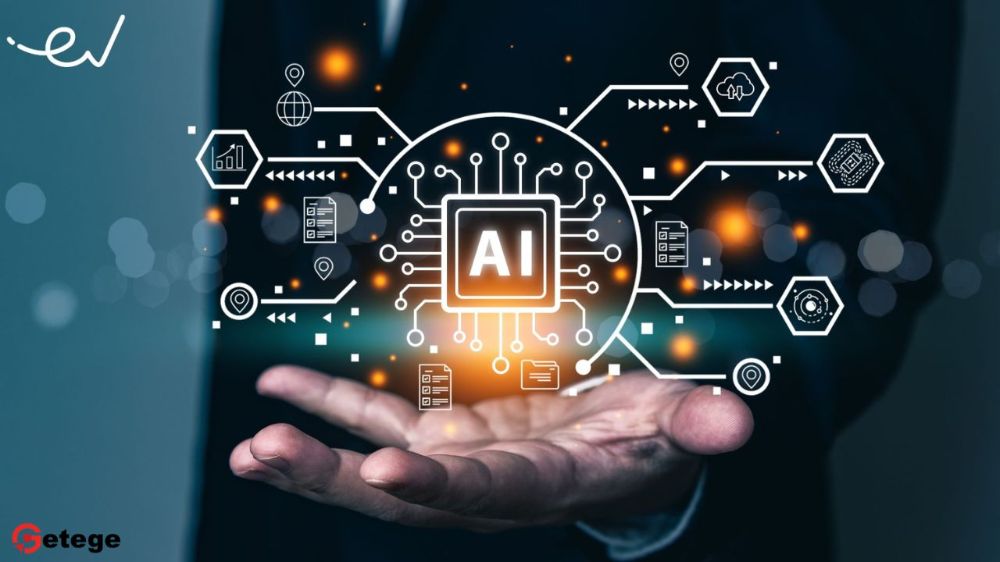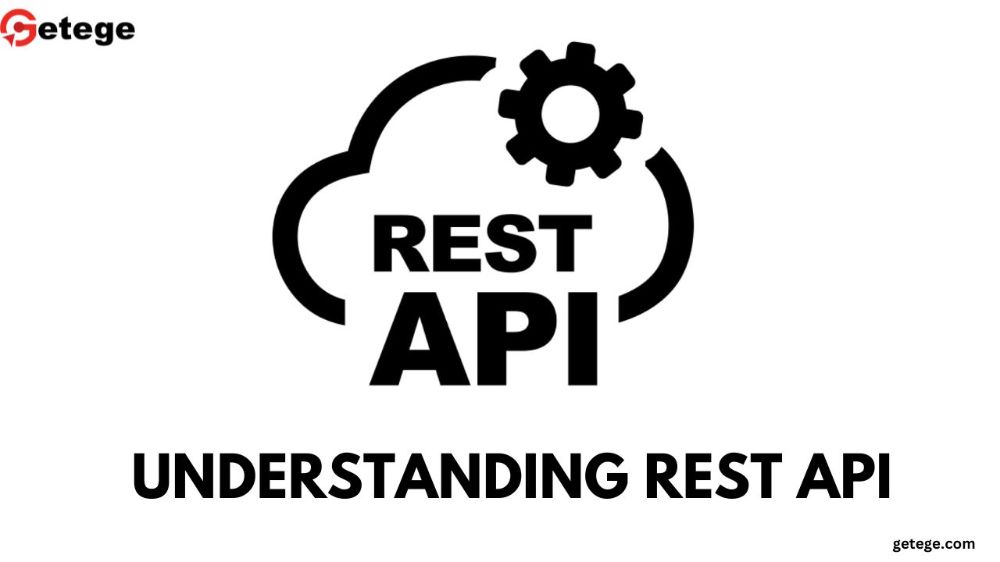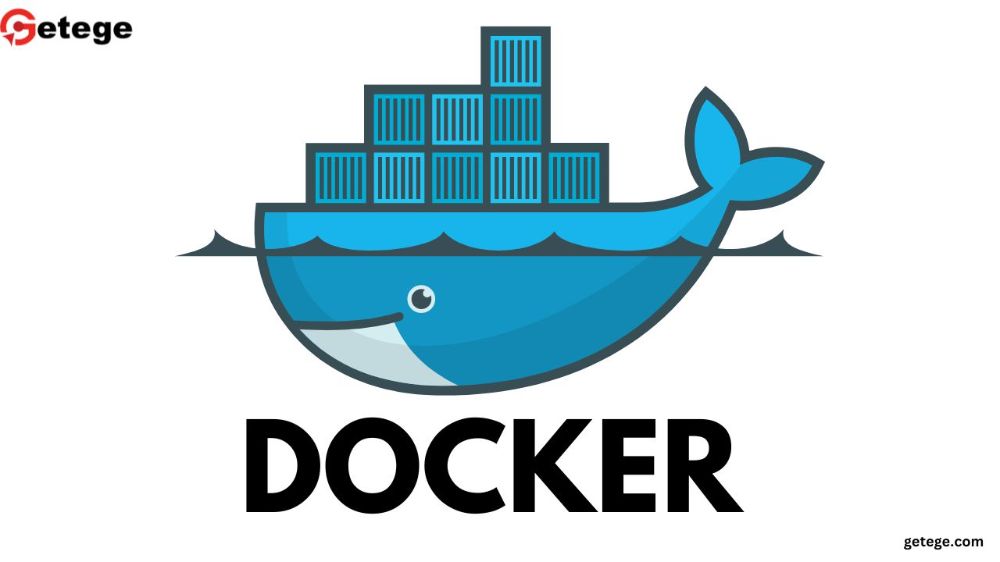Unlocking the Power of Natural Language Processing: The Key to AI's Future
Natural Language Processing (NLP) is one of the most exciting areas of artificial intelligence (AI), providing computers with the ability to understand and generate human language. As more industries and businesses turn to AI solutions, NLP becomes critical in enabling machines to communicate more naturally and effectively. Whether through voice assistants like Alexa or chatbots on customer service platforms, NLP is transforming the way we interact with technology. This article will explore the ins and outs of NLP, its applications, and how it is paving the way for the future of AI.
What is Natural Language Processing?
It blends computational linguistics with machine learning to process and analyze vast amounts of natural language data. NLP is the backbone of technologies such as speech recognition, machine translation, and sentiment analysis, making machines more human-like in their interactions.
Key Components of NLP:
- Tokenization: Breaking down text into smaller components like words or phrases.
- Part-of-Speech Tagging: Identifying the grammatical categories (nouns, verbs, adjectives) of each word in a sentence.
- Named Entity Recognition (NER): Identifying names, organizations, dates, and locations within text.
- Sentiment Analysis: Determining the emotional tone of the text (positive, negative, or neutral).
Applications of NLP:
1. Customer Support Chatbots
Businesses increasingly use AI-powered chatbots to automate customer interactions. These chatbots rely heavily on NLP to understand customer queries and provide relevant answers in real time, improving efficiency and customer satisfaction.
2. Voice Assistants
NLP plays a significant role in personal voice assistants like Google Assistant, Siri, and Alexa. These systems interpret spoken language, convert it into actionable commands, and generate appropriate responses, allowing for seamless interaction between humans and machines.
3. Healthcare
NLP is used in the medical field to analyze patient records, identify trends, and even assist in diagnosing diseases. By processing large volumes of text-based clinical data, NLP algorithms can uncover patterns that might be missed by traditional methods.
4. Sentiment Analysis for Social Media
Businesses use NLP to monitor public sentiment on social media platforms. By analyzing comments, posts, and reviews, companies can gauge customer opinions about products, services, or events, allowing for data-driven decisions.
5. Machine Translation
While still not perfect, NLP in translation is improving rapidly, making cross-language communication easier.
How NLP Works:
NLP combines several technologies to process and understand human language. At its core, machine learning algorithms learn from large datasets of text and speech to make sense of language patterns. The process usually involves:
- Data Preprocessing: Cleaning and preparing the text data (e.g., removing irrelevant symbols, normalizing the text).
- Text Parsing: Analyzing the structure of the sentence, identifying parts of speech, and understanding relationships between words.
- Model Training: Using machine learning models to learn the meaning and usage of words in different contexts.
- Natural Language Understanding (NLU): Understanding the intent behind the text, whether it’s a command, question, or statement.
- Natural Language Generation (NLG): Producing human-like responses or text outputs based on the input.
Challenges in Natural Language Processing:
Despite its significant advancements, NLP still faces challenges. Some of these include:
- Ambiguity: Human language is inherently ambiguous, and the same word can have different meanings depending on the context. Disambiguating words is a key challenge for NLP systems.
- Cultural Nuances: NLP systems need to account for idioms, slang, and cultural references, which vary widely across languages and regions.
- Sarcasm and Irony: Detecting sarcasm or irony is difficult for machines because it often relies on tone and context that is not always explicit in the text.
FAQs:
1. What industries benefit the most from NLP?
NLP is widely used in industries like healthcare, customer service, finance, and marketing. It helps with automating tasks, analyzing data, and improving communication.
2. Is NLP the same as AI?
NLP is a subset of artificial intelligence. While AI covers a broader range of capabilities, NLP specifically deals with the interaction between computers and human language.
3. What is the future of NLP?
As NLP technology advances, we can expect even more human-like interactions between machines and people. Enhanced speech recognition, better language translations, and improved sentiment analysis are just a few developments on the horizon.
Conclusion:
From customer service to healthcare, its applications are diverse and impactful. As we continue to develop and refine NLP technologies, we can expect even more natural and efficient communication between humans and machines, ultimately leading to a more interconnected and intelligent world.
